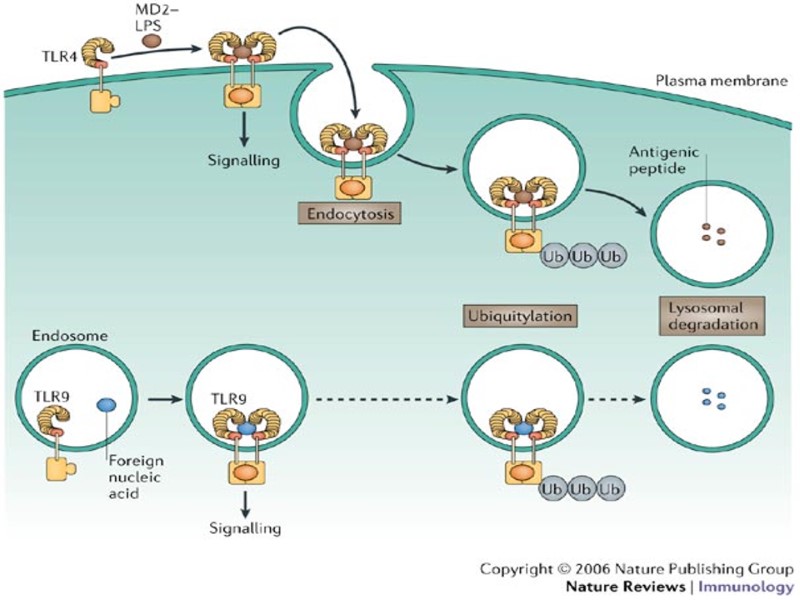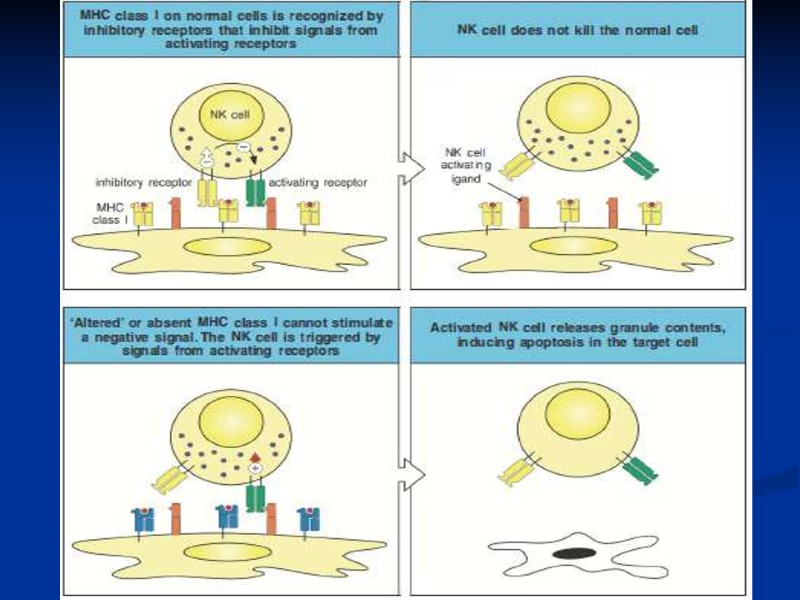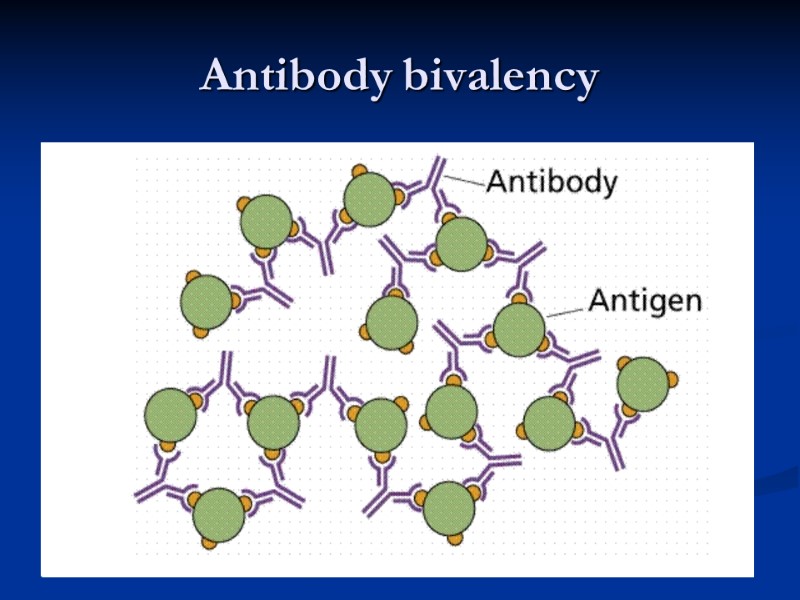Immune system Lecturer: Oleg Sergeyev The immune system































9892-immune_system.ppt
- Количество слайдов: 30
 Immune system Lecturer: Oleg Sergeyev
Immune system Lecturer: Oleg Sergeyev
 The immune system is a system of biological structures and processes within an organism that protects against disease. To function properly, an immune system must detect a wide variety of agents, known as pathogens, and distinguish them from the organism's own healthy tissue. In other words, the immune system works because the body is able to recognize "self" and "non-self."
The immune system is a system of biological structures and processes within an organism that protects against disease. To function properly, an immune system must detect a wide variety of agents, known as pathogens, and distinguish them from the organism's own healthy tissue. In other words, the immune system works because the body is able to recognize "self" and "non-self."
 How the body seeks to defend itself against infection by a variety of pathogens Three defense lines of increasing specificity: Mechanical barriers backed up by biochemical factors Innate immunity Adaptive immunity
How the body seeks to defend itself against infection by a variety of pathogens Three defense lines of increasing specificity: Mechanical barriers backed up by biochemical factors Innate immunity Adaptive immunity
 The parts of the body that are exposed to or communicate with the external environment Skin sweat, sebaceous gland secretions Mucosal (nose, mouth, urogenital ducts) mucus, ciliary action Stomach acid Urinal urea: flashing action Also: lysozyme in tears and saliva
The parts of the body that are exposed to or communicate with the external environment Skin sweat, sebaceous gland secretions Mucosal (nose, mouth, urogenital ducts) mucus, ciliary action Stomach acid Urinal urea: flashing action Also: lysozyme in tears and saliva
 Symbiotic microorganisms Microorganisms living on the body strongly contribute to its protection. They produce fatty acids, lactic acid helping create conditions unfavorable for most pathogens They secrete bactericins possessing antibiotic-like activity They outcompeting pathogens by sheer number
Symbiotic microorganisms Microorganisms living on the body strongly contribute to its protection. They produce fatty acids, lactic acid helping create conditions unfavorable for most pathogens They secrete bactericins possessing antibiotic-like activity They outcompeting pathogens by sheer number
 However, microorganisms do often cross the mechanical barriers and penetrate the body Innate immunity Provides an immediate, but non-specific response Players and factors: Phagocytes Natural killers Complement Interferon
However, microorganisms do often cross the mechanical barriers and penetrate the body Innate immunity Provides an immediate, but non-specific response Players and factors: Phagocytes Natural killers Complement Interferon
 However, microorganisms are able to mutate, produce external factors of pathogenicity (toxins etc.) and thereby overcome the second defense line Adaptive immunity highly specific response, although takes time Often referred to as ‘acquired immunity’ But the whole point is that the immune system adapts its response during an infection to improve its recognition of the pathogen. Activated by the innate response
However, microorganisms are able to mutate, produce external factors of pathogenicity (toxins etc.) and thereby overcome the second defense line Adaptive immunity highly specific response, although takes time Often referred to as ‘acquired immunity’ But the whole point is that the immune system adapts its response during an infection to improve its recognition of the pathogen. Activated by the innate response
 An EM image of phagocytosis
An EM image of phagocytosis
 Phagocytosis scheme
Phagocytosis scheme
 Phagocytic cells Monocytes: mononuclrar cells Compact nucleus Polymorphonuclear cells Multi-lobed nucleus
Phagocytic cells Monocytes: mononuclrar cells Compact nucleus Polymorphonuclear cells Multi-lobed nucleus
 Toll-like receptors (TLR) TLRs are a type of pattern recognition receptors (PRR) and recognize molecules that are broadly shared by pathogens but distinguishable from host molecules (conserved structures), collectively referred to as athogen-associated molecular patterns (PAMPs). Single, membrane-spanning,noncatalytic receptors usually expressed in sentinel cells such as macrophages and dendritic cells.
Toll-like receptors (TLR) TLRs are a type of pattern recognition receptors (PRR) and recognize molecules that are broadly shared by pathogens but distinguishable from host molecules (conserved structures), collectively referred to as athogen-associated molecular patterns (PAMPs). Single, membrane-spanning,noncatalytic receptors usually expressed in sentinel cells such as macrophages and dendritic cells.
 Toll-like receptors scheme
Toll-like receptors scheme


 Complement system The main humoral component of the innate immune response Represents a biochemical / proteolytic cascade that attacks the surface of foreign cells (i.e. membrane structures)
Complement system The main humoral component of the innate immune response Represents a biochemical / proteolytic cascade that attacks the surface of foreign cells (i.e. membrane structures)


 Differentiation of immunocompetent cells
Differentiation of immunocompetent cells
 Antigen presenting cells (APC) Antigen presentation is a process in which some phagocytes move parts of engulfed materials back to the surface of their cells and "present" them to other cells of the immune system. There are two "professional" antigen-presenting cells: macrophages and dendritic cells.
Antigen presenting cells (APC) Antigen presentation is a process in which some phagocytes move parts of engulfed materials back to the surface of their cells and "present" them to other cells of the immune system. There are two "professional" antigen-presenting cells: macrophages and dendritic cells.
 Antigen presentation
Antigen presentation
 Antigen presentation
Antigen presentation

 Antibody-antigen interaction
Antibody-antigen interaction

 Antibody-epitope vs receptor - ligand interaction Epitope: 3 – 10 amino acid residues Ligand (domain): 20 or more amino acid residues Molecular patterns (incl. PAMPs) represent domains, not epitopes
Antibody-epitope vs receptor - ligand interaction Epitope: 3 – 10 amino acid residues Ligand (domain): 20 or more amino acid residues Molecular patterns (incl. PAMPs) represent domains, not epitopes
 Antibody bivalency
Antibody bivalency
 Antibody classes
Antibody classes
 Antibody response back effects
Antibody response back effects
 The figure above demonstrates the strong connection of innate and adaptive immunity through antibody response Thank you for your attention
The figure above demonstrates the strong connection of innate and adaptive immunity through antibody response Thank you for your attention


